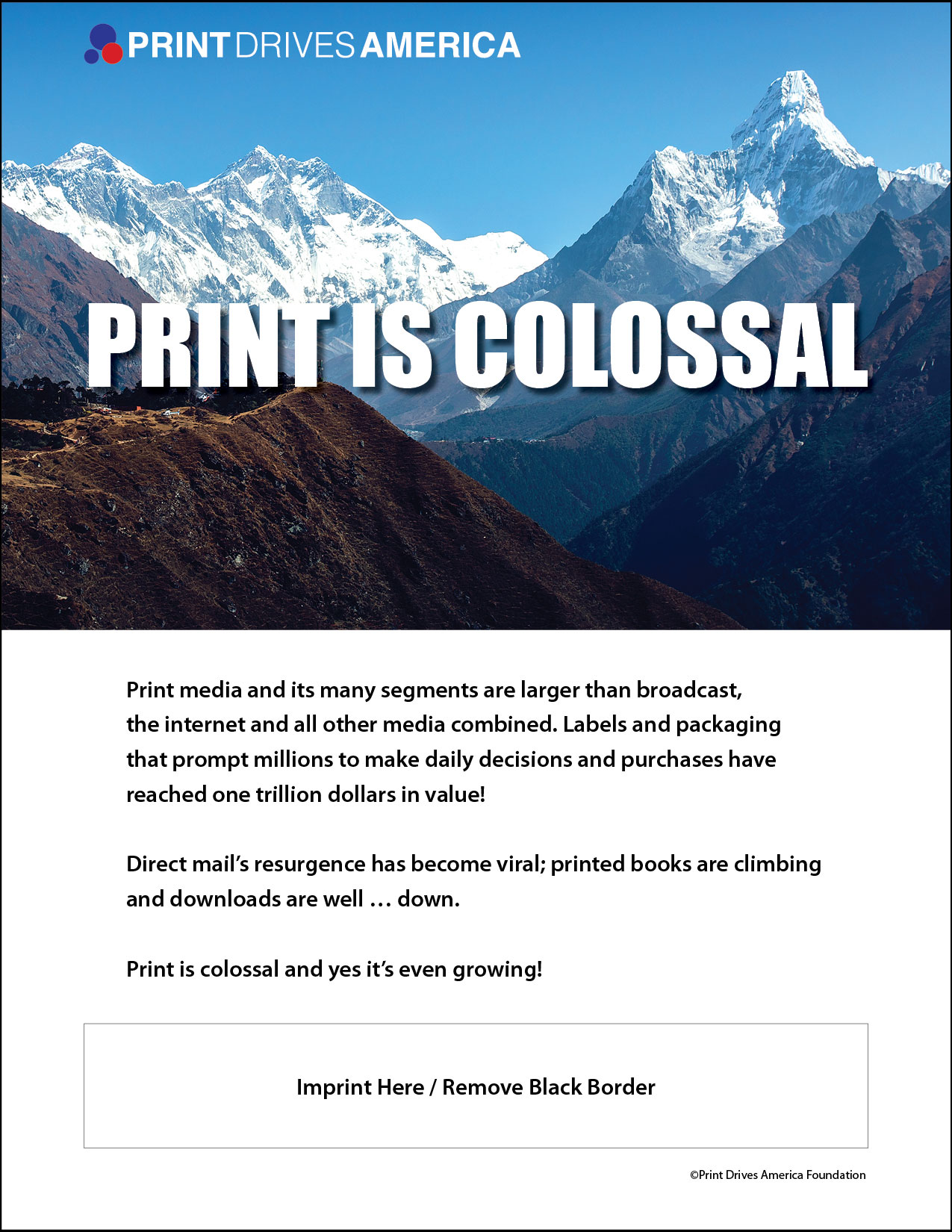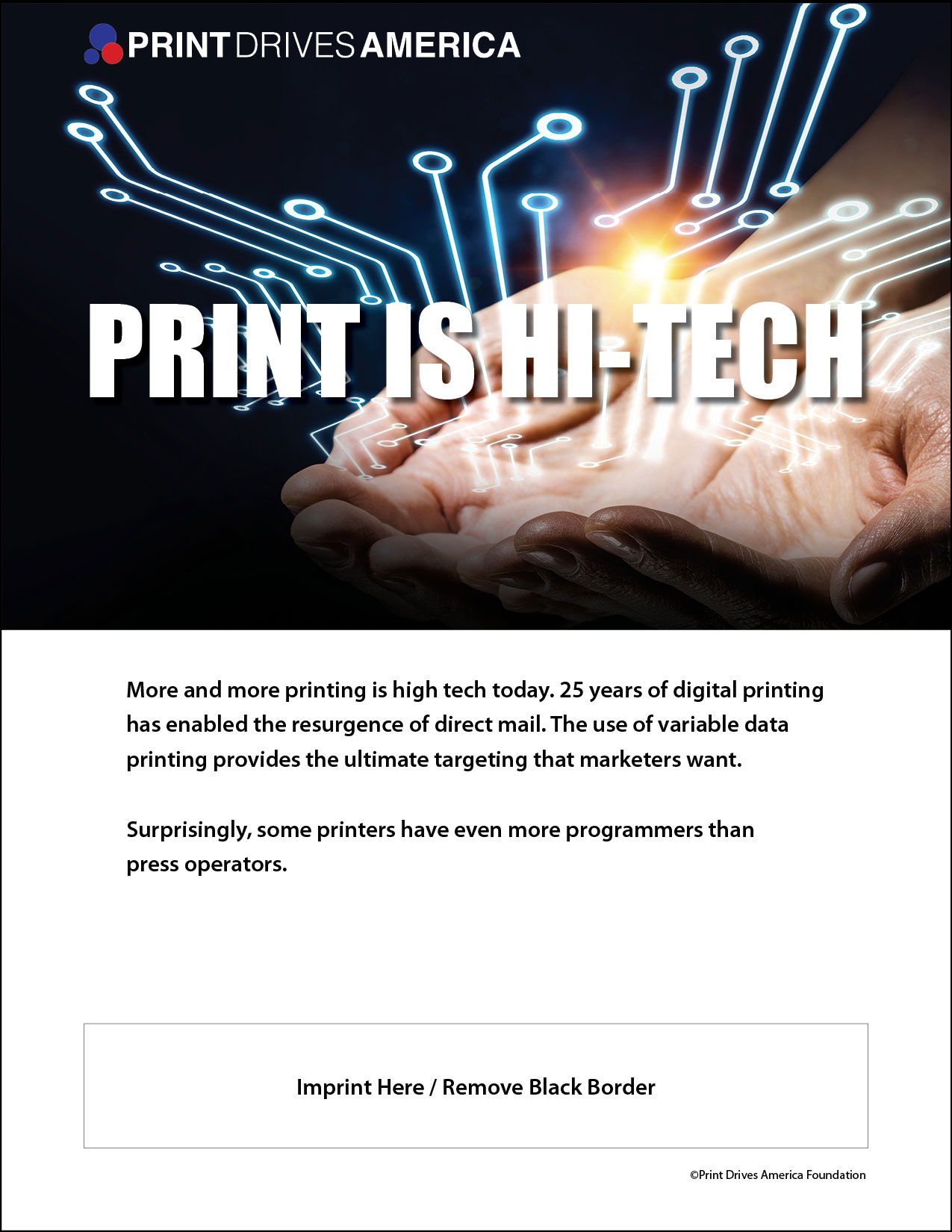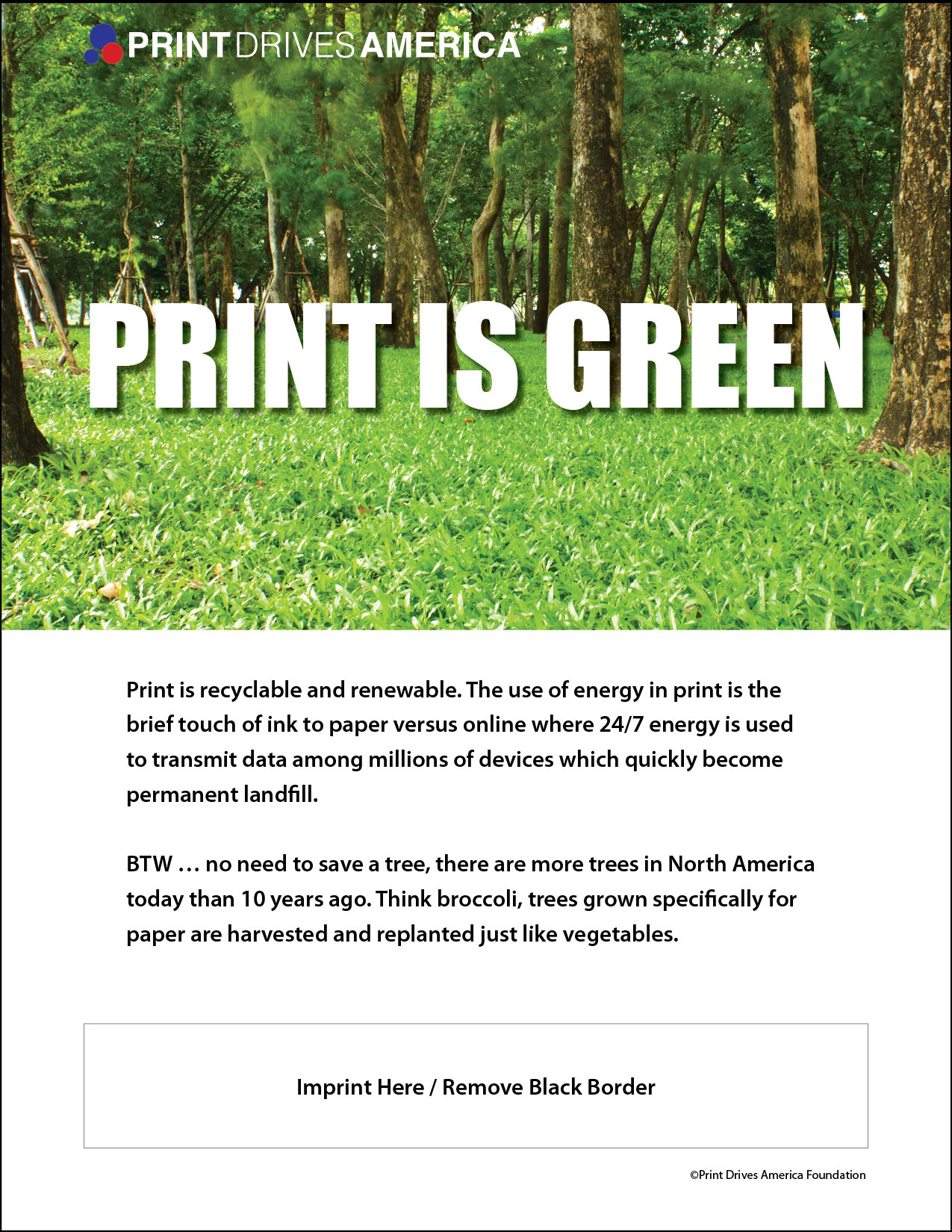Google’s recent “Paperless 2013″ Marketing Campaign has sparked the print and paper industry to share the facts regarding the truth about print and paper’s environmental footprint. There are a lot of myths out there that are being used as fuel for the fire in digital companies “Paperless” efforts. One of the myths is that the print and paper industry destroy forests, when the truth is, that the print and paper industry are some of the people responsible for the sustainability of forest coverage — in the past 50 years, the U.S. forest coverage has actually increased, due in large part because the people responsible for harvesting trees for production replant about three trees for every one harvested.
Furthermore, paper is the number one recycled renewable resource. As the number of people who recycle increase, so does the number of recycled paper products. According to a Data Print Distribution article, every one percentage point of recycled paper equals millions of tons of paper being reused and recycled.
Additionally, digital printing presses use more recyclable energy. Some digital presses actually use 97 percent recycled components and none of the components in the press are hazardous to the environment. In addition to the amount of recycled material used to create the press, the machine also allows for about 80 percent of its waste to be recycled — this includes dry ink, packaging and even the machine’s parts.
There are a lot of myths about the environmental impact of print and paper. But, every product will have its own impact on the earth and print does not leave as large of an environmental footprint as you may think and digital may not be as environmentally friendly as you are told by digital corporations.
Timothy Freeman
President
Print & Graphic Communications Association




